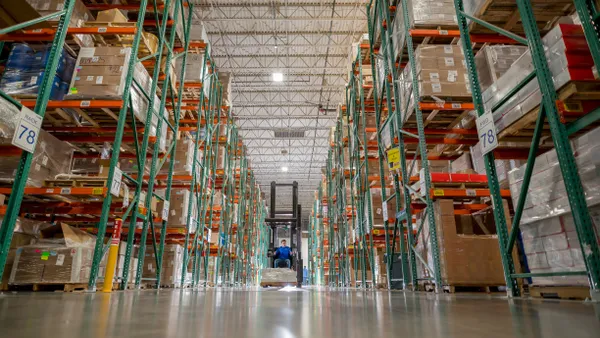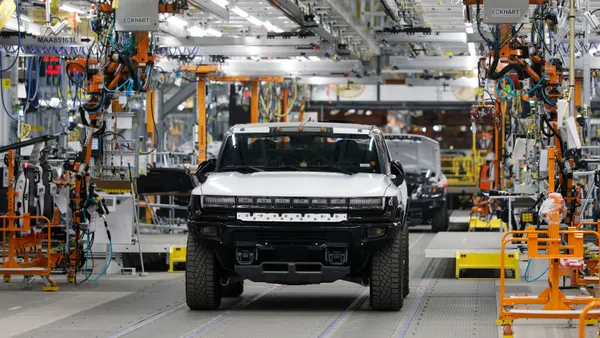Dive Brief:
- As retailers and carriers rush to provide same-day delivery service to consumers, they are failing to deliver upon shoppers' expectations, according to Dropoff's third Same Day Delivery + The U.S. Consumer report.
- Trust-levels in delivery services fell in 2018: 3% fewer shoppers said they trusted FedEx, UPS and the U.S. Postal Service in this report than last year's, and only 14% of consumers said they trusted peer-to-peer services.
- Various factors may be behind the decline in trust. Overall, more customers reported receiving damaged packages (+14%) or items (+7%), late deliveries (+8%), and missing (+6%) or incorrect orders (+5%) in 2018 than the previous year.
Dive Insight:
Tired of hearing consumer expectations are rising? Dropoff's survey provides some data to back the trope.
The study is based on 995 U.S. consumers, surveyed in February 2018, who said they purchase products or items that need to be delivered. While Dropoff, a same-day delivery provider, is hardly unbiased, the survey results show a strong trend toward a general expectation of fast delivery.
Dropoff says consumers do not necessarily value "cheap" service, so long as it meets time and quality expectations, but other surveys on deliveries have found the promise of free shipping greatly impacts a consumer's purchase decision.
While 50% said a same-day delivery option would encourage shoppers to purchase goods online, and 74% said it would encourage return trips, more consumers agreed upon what would make them stop shopping with a retailer: damaged goods (79%), late deliveries (69%) and unprofessional drivers (57%).
The rise in negative comments regarding delivery expectations may just be a product of a greater sample size.
In the past year, more retailers added same-, next- and two-day delivery options, so more consumers may have been exposed to logistics mishaps than in prior surveys. And as companies integrate these offerings with more traditional logistic streams through omnichannel solutions or hybrid warehouses, the quality control step provided by retail stores before stocking inventory may have been lost in the fray.
The drop in trust, then, may be a cost of doing business for increased service availability. But does it have to be? If retailers can master service levels, the survey suggests, they may be able to simultaneously increase both top-line growth and diminish costly returns.












